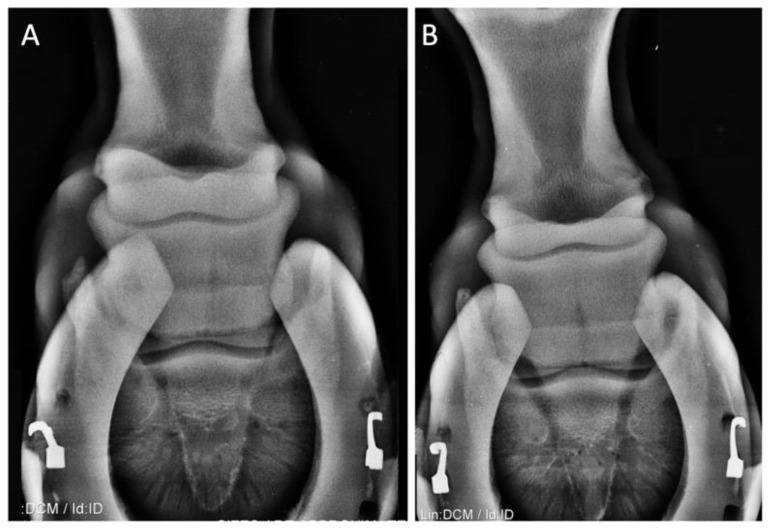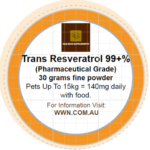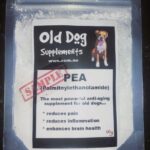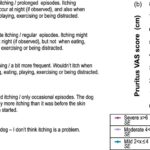Case Study for Use of PEA in Horses – 4 Show Jumpers
Conclusion: The four horses with non-responsive lameness and significant impairment in athletic performance were daily treated with PEA-um into their normal diet. After four months of PEA-um supplementation, all horses showed remissions of lameness that led to their reintroduction into showjumping competitions without disease recurrence. Therefore, despite the small number of cases included in this study, these observations suggest a good prospective for developing a controlled experiment to test PEA in a larger cohort of horses.

Source: https://pubmed.ncbi.nlm.nih.gov/32825646/
Abstract:
Background: Four show jumping horses were evaluated for non-responsive lameness, which caused their withdrawal from show jumping competitions. The clinical evaluation was performed by radiographic examination, flexion tests, diagnostic anesthesia and lameness evaluation using the American Association of Equine Practitioners (AAEP) scale. The diagnoses were a case of navicular syndrome, a complicated case of chronic navicular syndrome and arthrosis of the distal interphalangeal joint of the right anterior limb and two cases of distal intertarsal joint arthritis. Nutraceuticals are often an important management strategy or coadjutant of pharmacological therapies in joint disease. Ultramicronized Palmitoylethanolamide (PEA) is an endogenous fatty acid amide that is well-known for its anti-inflammatory and analgesic proprieties widely used in human medicine and small animal veterinary medicine. Although it includes a small number of cases, our study describes for the first time the efficacy of the use of PEA in horses. The four horses with non-responsive lameness and significant impairment in athletic performance were daily treated with PEA into their normal diet. After four months of PEA supplementation, all horses showed remissions of lameness that led to their reintroduction into showjumping competitions without disease recurrence. Therefore, despite the small number of cases included in this study, these observations suggest a good prospective for developing a controlled experiment to test PEA in a larger cohort of horses.
Keywords: ALIAmides; hoof pain; lameness; lmitoylethanolamide palmitoylethanolamide; navicular syndrome.







